Do you love French seams? They’re an excellent way to finish garments, making both the inside and outside look equally polished. Not only are they visually appealing, but they’re also straightforward to execute without requiring any special tools or stitches. If you're unfamiliar with French seams, you can find a step-by-step guide for them right here. Another technique worth exploring is what I like to call a faux flat-felled seam. Although it technically represents the reverse side of a flat-felled seam, it’s incredibly practical for projects like shirts, where it's often employed to create a tidy and flat finish. It’s just as simple to accomplish as a French seam, and it’s an excellent way to achieve a professional look when sewing the Liesl + Co Classic Shirt pattern. Here’s how you can do it: Step 1: Begin by sewing your seam as usual, with the right sides together and maintaining the standard 1/2†seam allowance. After stitching, trim the back seam allowance down to half—or slightly less—of its original width. You can eyeball this by using the front seam allowance as a guideline. Precision isn't critical as long as you're cutting roughly half of the allowance. Step 2: Press the seam allowances open to ensure the seam lies flat and evenly. This step prevents unwanted creases or folds on the outer side of the seam. Next, press both seam allowances toward the front of the shirt so that the shorter seam allowance rests on top. Step 3: Fold the shorter seam allowance over the longer one, ensuring it aligns with the seam line. Apply plenty of steam during this step, as it helps set the fold in place. Take care not to rush this part—it’s essential for achieving a clean finish. Step 4: Carefully flip the pressed seam allowances to the opposite side of the seam line and press them again. Now, the previously lower seam allowance will be on top, encasing the trimmed allowance entirely. Finally, topstitch along the folded edge to secure everything in place. Using an edgestitching foot can make this step smoother if you have one. Upon completion, the inside of the shirt will show two rows of stitching, while the exterior will display a single, neat seam. And there you have it! Your shirts will look fantastic with this method. If you wish, you can even apply it to the armholes of the Classic Shirt pattern for a refined touch. I’m confident you'll discover other areas where this technique could come in handy! Bags Material,PVC Fabric Bag,PVC Tarpaulin Bag Materials,Unility PVC Bag Material Livite(wuxi) High Polymer Material Co., Ltd , https://www.livitehp.com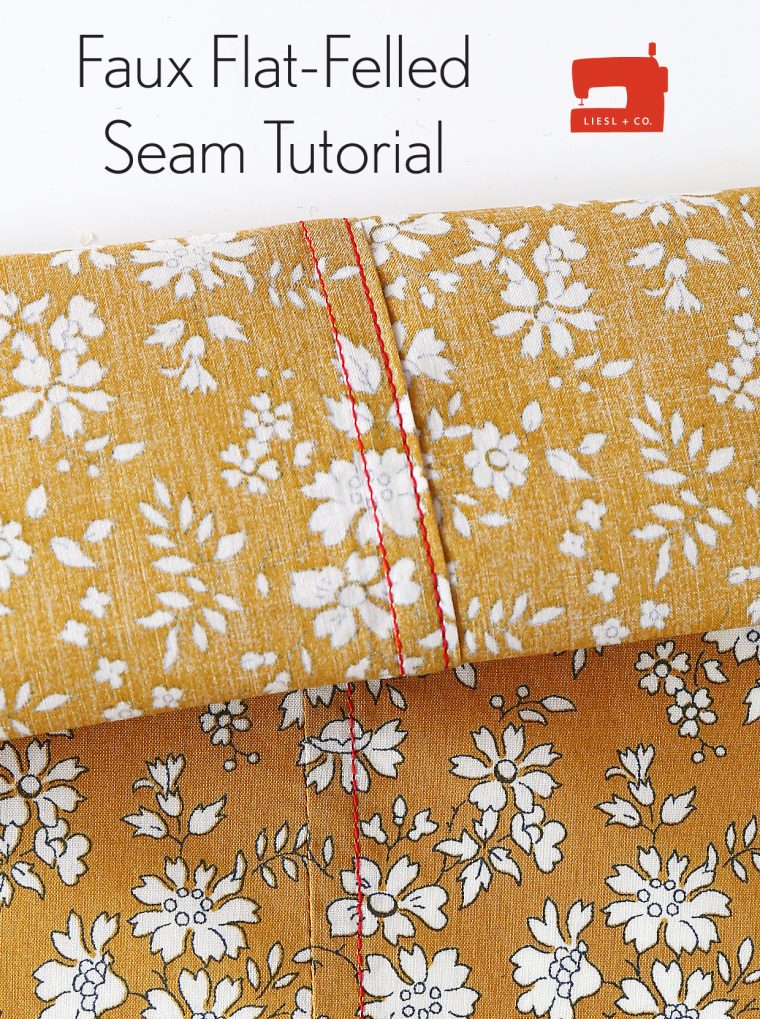
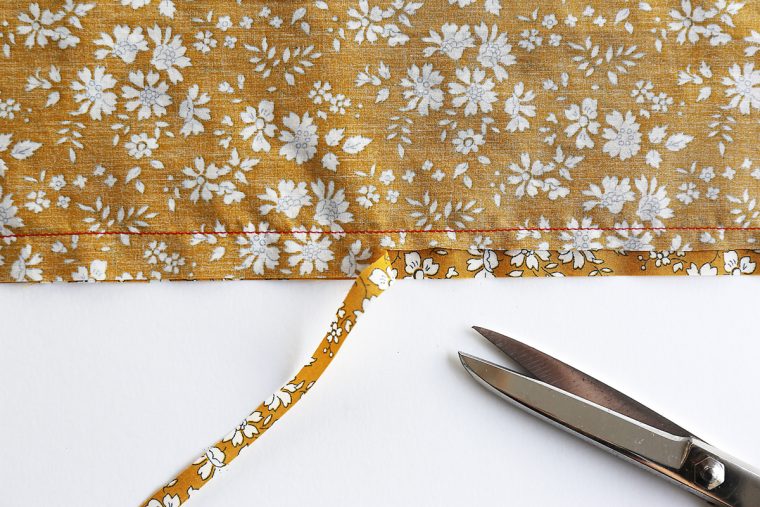
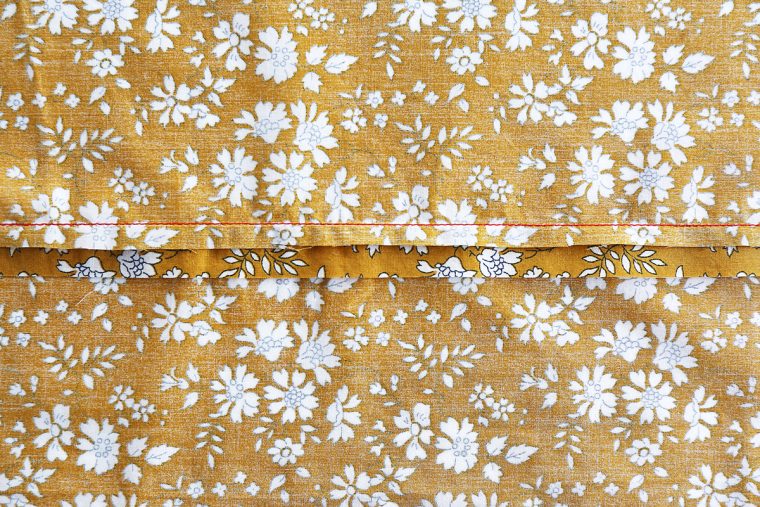
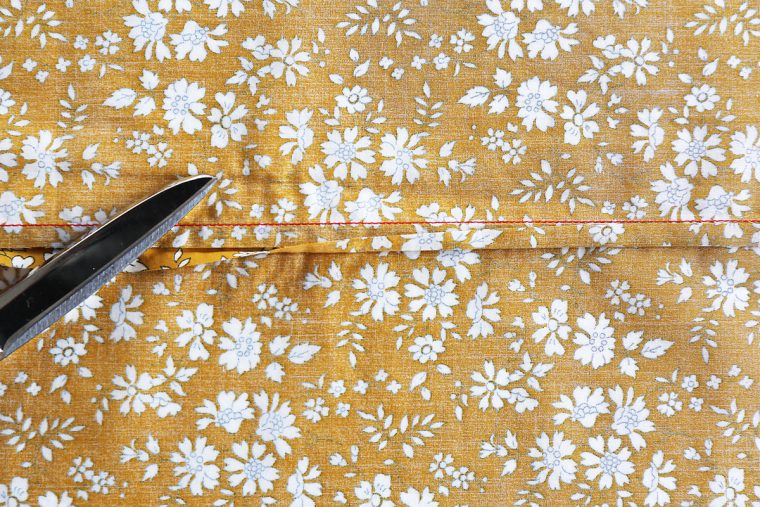
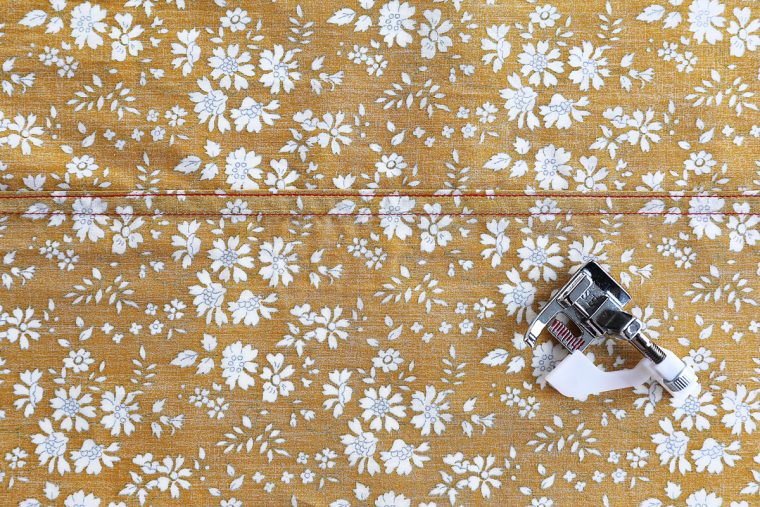
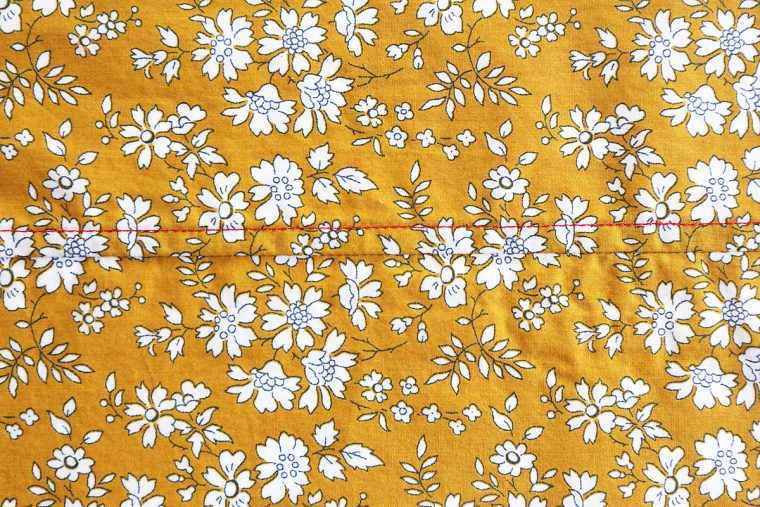
(adsbygoogle = window.adsbygoogle || []).push({});
Â
June 06, 2025